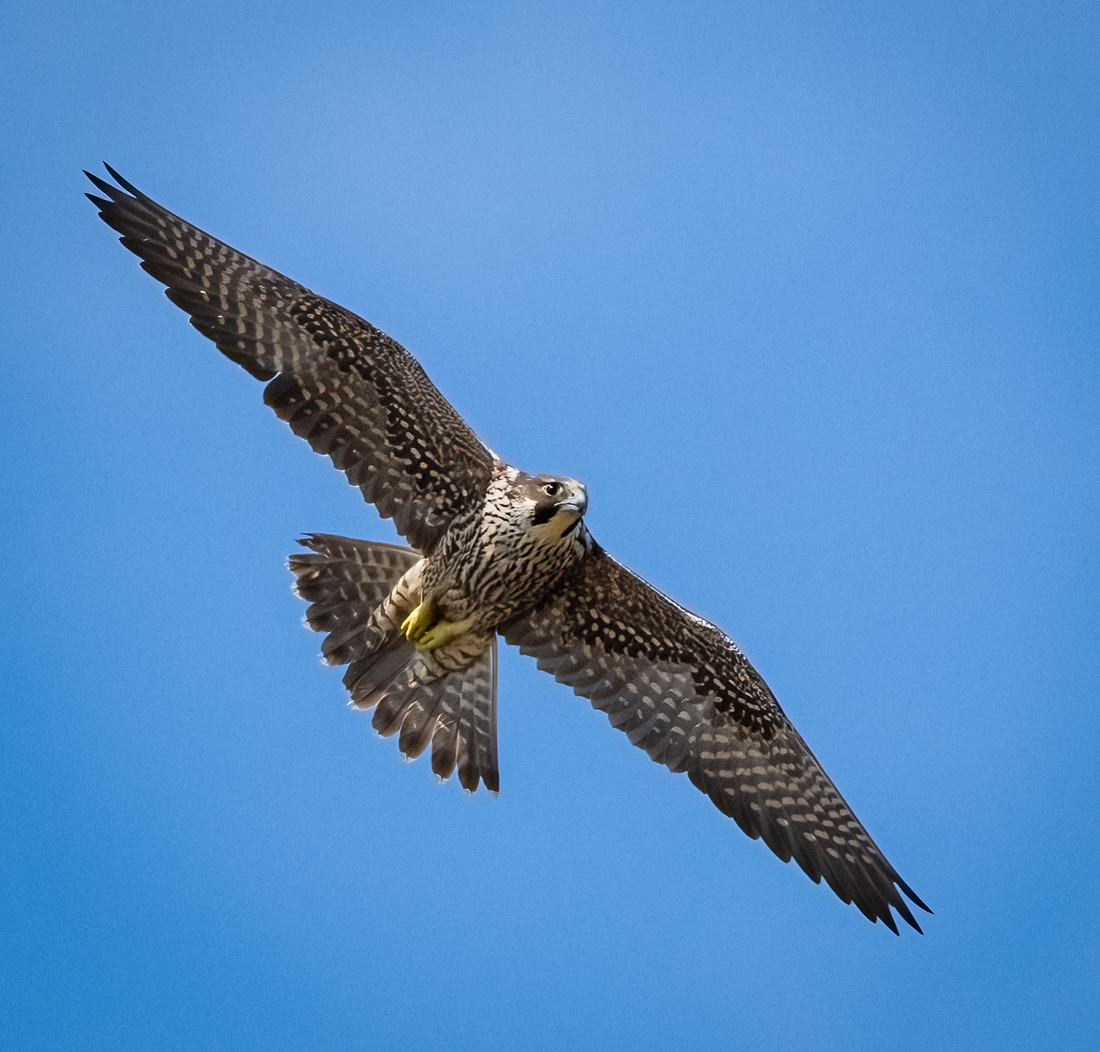
Raptors are some of the world’s most distinctive birds, instantly recognizable as birds of prey. With just a few clues, however, it is easy to identify different types of raptors and better appreciate what makes them unique.
All Raptors
All birds of prey share certain traits. These are carnivorous birds, hunting for their food rather than eating seeds, fruit, or nectar. They have strong bills and talons to rip and shred their prey, whether they hunt large insects, fish, reptiles, or mammals. Raptors are agile and powerful in flight, and have superb eyesight and hearing. Raptors are found in every habitat around the world, from icy tundra to harsh deserts to forests, jungles, prairies, coastlines, and even urban areas.
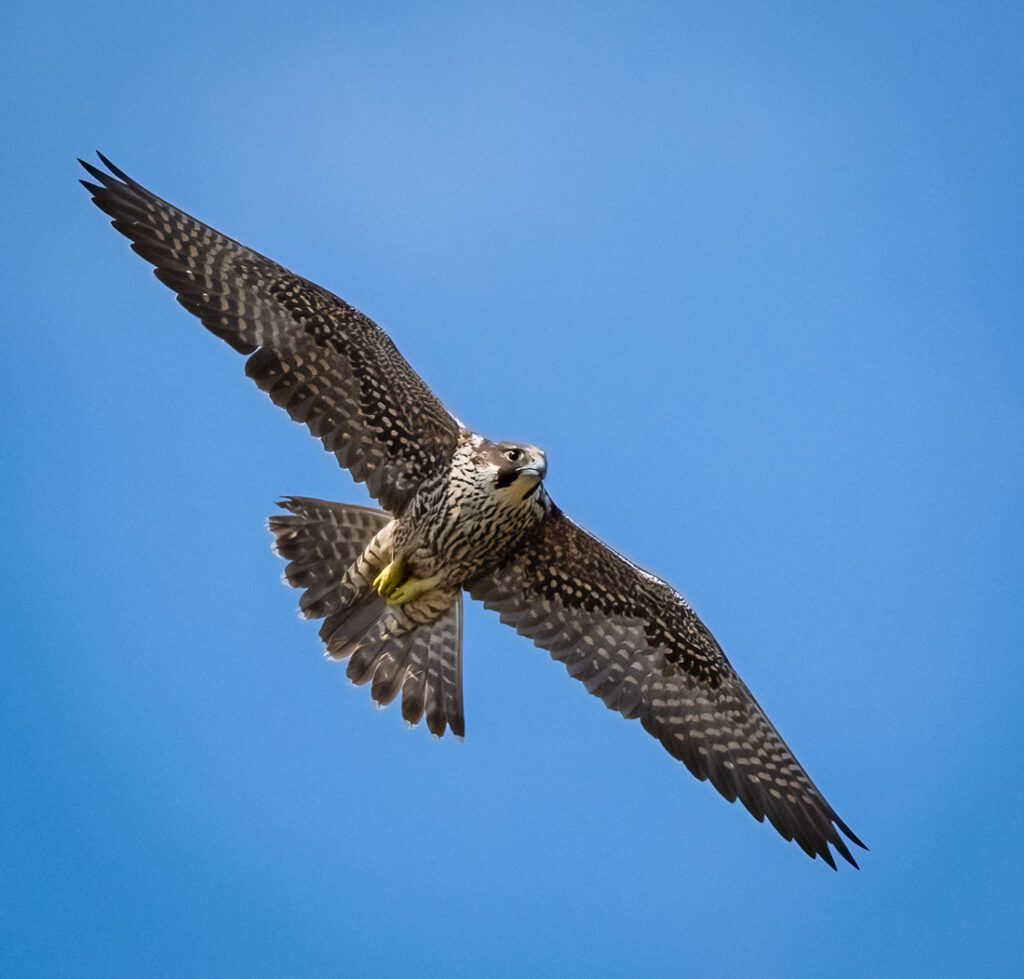
Types of Raptors
It is easier than many birders and photographers realize to identify the basic types of raptors, and knowing that identification can help you recognize the birds’ habits and better adjust your photography to capture their unique personalities.
First are the accipiters, the small, slender, forest hawks. These are the most common backyard raptors, and are quickly recognized by their long tails that give them superior maneuvering capabilities to chase prey, which are often smaller birds. The sharp-shinned hawk and Cooper’s hawk are the most common backyard accipiters.
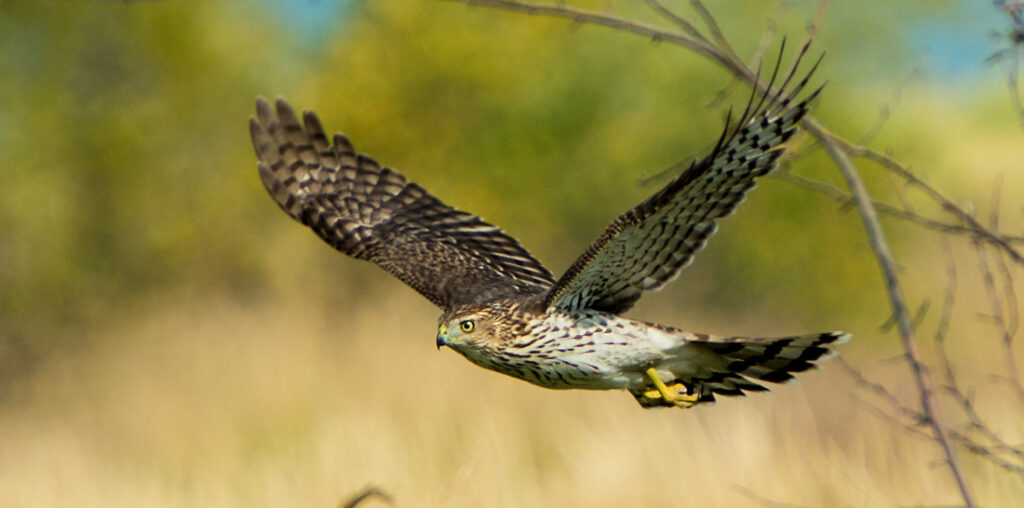
Somewhat larger than the accipiters are the buteos, which are also called buzzards in Europe. These birds have broad wings for easy soaring, and are typically found either in open country, alongside rural roads, or in open forests. Buteos may also appear in backyards, but aren’t frequent guests, and their short tails are a good identification clue that distinguishes them from accipiters. The red-tailed hawk, broad-winged hawk, and red-shouldered hawk are some of the more common and familiar buteos.
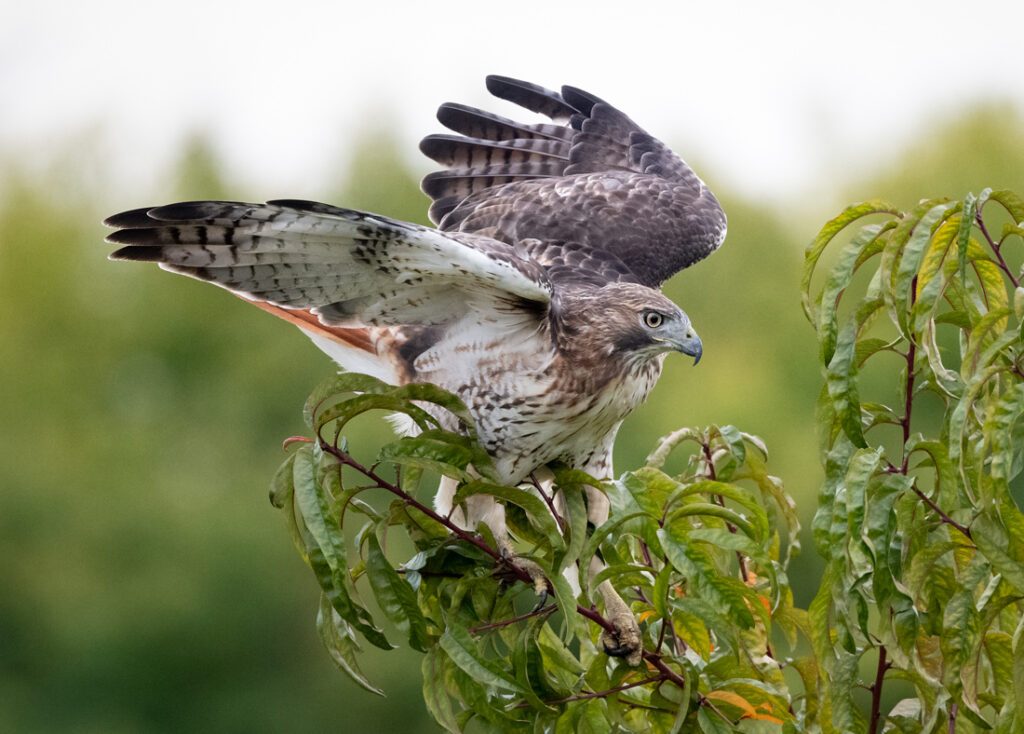
Larger still are the eagles, which are massive birds of prey with ginormous bills and talons to capture larger prey. These birds have very broad wings and are relatively solitary, though they may congregate in some areas where prey is abundant. Bald eagles and golden eagles are the only eagles in Canada and the United States, but there are dozens of other eagle species found worldwide.
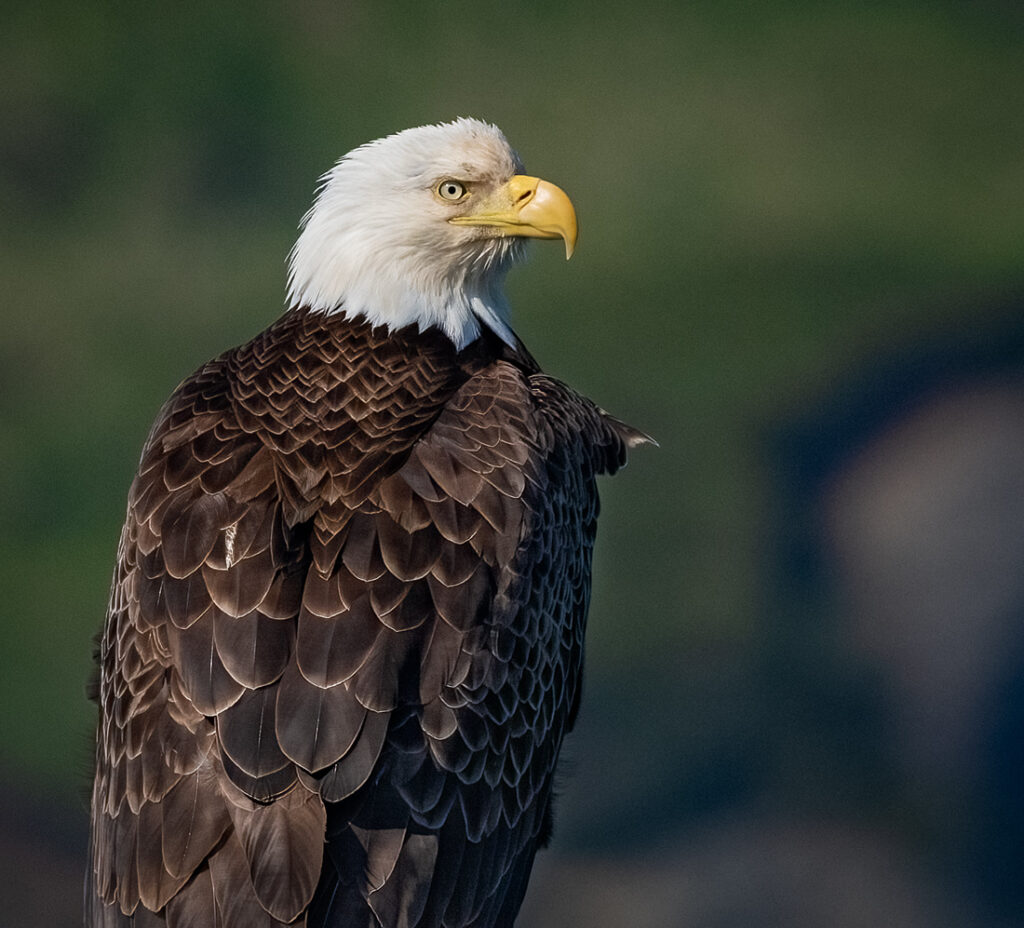
The falcons are another type of raptor, easily recognized by their tapered, pointed wings and fast flight. The peregrine falcon, which can dive at speeds up to 200 miles per hour, is the fastest bird in the world, and the American kestrel is one of the most common and widespread falcons in North America. The merlin and prairie falcon are other familiar falcon species.
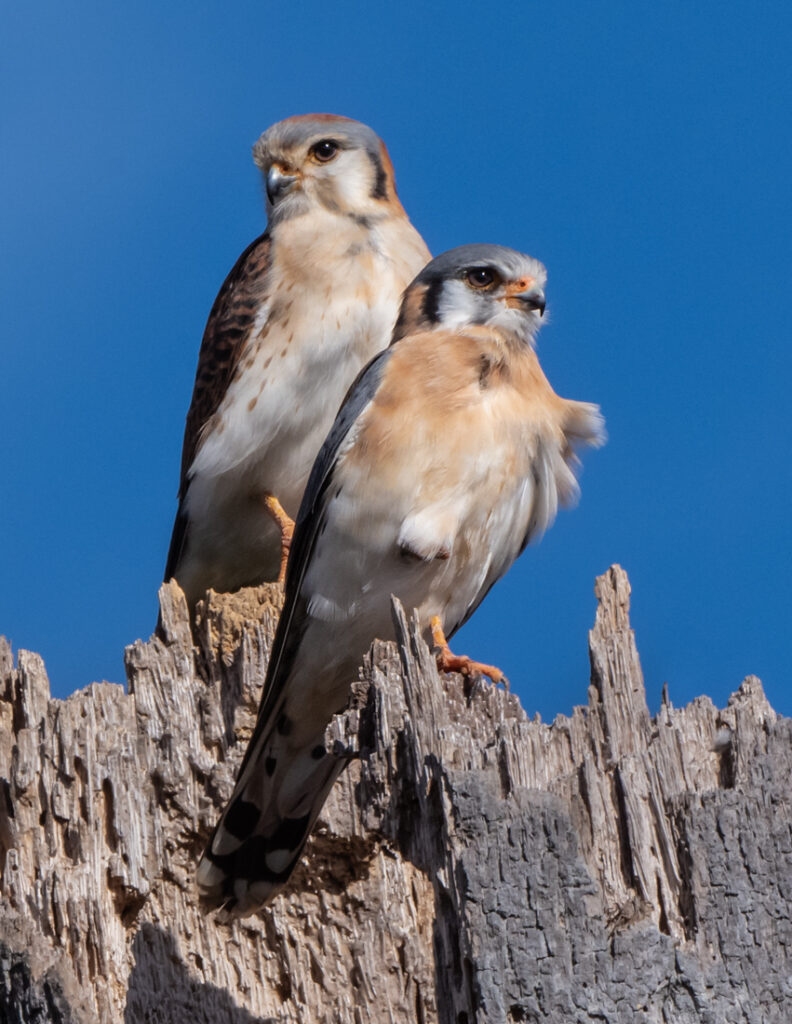
Harriers are a specialized bird of prey most familiar in open marshy habitats, as these birds fly low and hover over marshes while they hunt. In fact, “marsh hawk” is another name for the northern harrier! These raptors have a unique facial disk that helps focus their hearing so they can find prey even more easily.
Some of the more agile and graceful raptors are the kites. These birds of prey have longer, tapered wings and long tails that are often deeply forked. This gives them a distinct silhouette in flight, making them easy to recognize. The swallow-tailed kite is one of the more sought-after kites to see and photograph, while the Mississippi kite and white-tailed kite are more widespread, and the snail kite is a species only found in Florida and tropical regions.

The osprey is one of the most unique raptors, and in fact all ospreys all over the world are the same species, and the only member of their bird family. These birds have very long, broad wings with splayed “fingers” at the tips, and a distinctive underwing pattern that can be easily recognized in flight. Ospreys are always found near water, as these birds hunt almost exclusively fish.
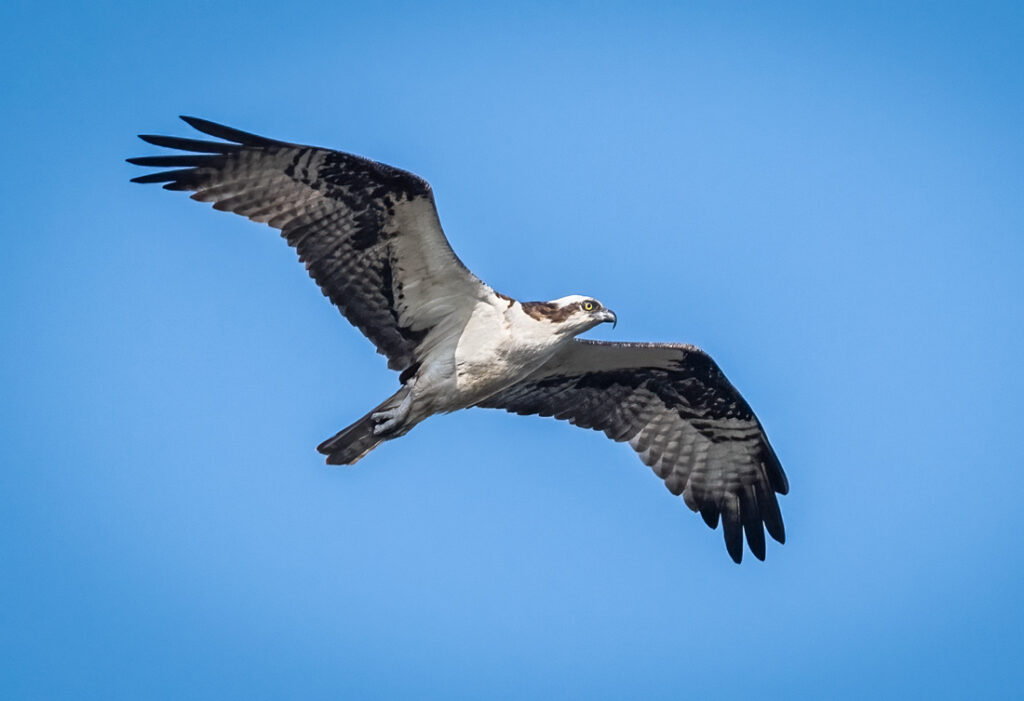
Vultures are some of the most overlooked raptors because they don’t typically hunt their own prey, but instead feast on carcasses and carrion. They serve a vital role as “nature’s clean-up crew” by consuming meat that would otherwise rot and might carry diseases. Vultures, which are also called condors, often have bald heads and may gather in flocks where a food source is found. The turkey vulture and black vulture are both common in North America, while other vultures and condors are found in other parts of the world. The California condor is one of the largest birds in the world.
Finally, the owls – some of the most recognizable birds of prey. Not only are they easy to spot because of their nocturnal habits, but their forward-facing eyes and distinct facial disks set owls apart. There are hundreds of owl species worldwide, ranging from the tiny elf owl to the tremendous great gray owl. A few owl species can be active during the day, such as the burrowing owl, and the snowy owl is a highly coveted species for many photographers and birders alike. Great horned owls, screech-owls, and barn owls are some of the most common, widespread owl species.
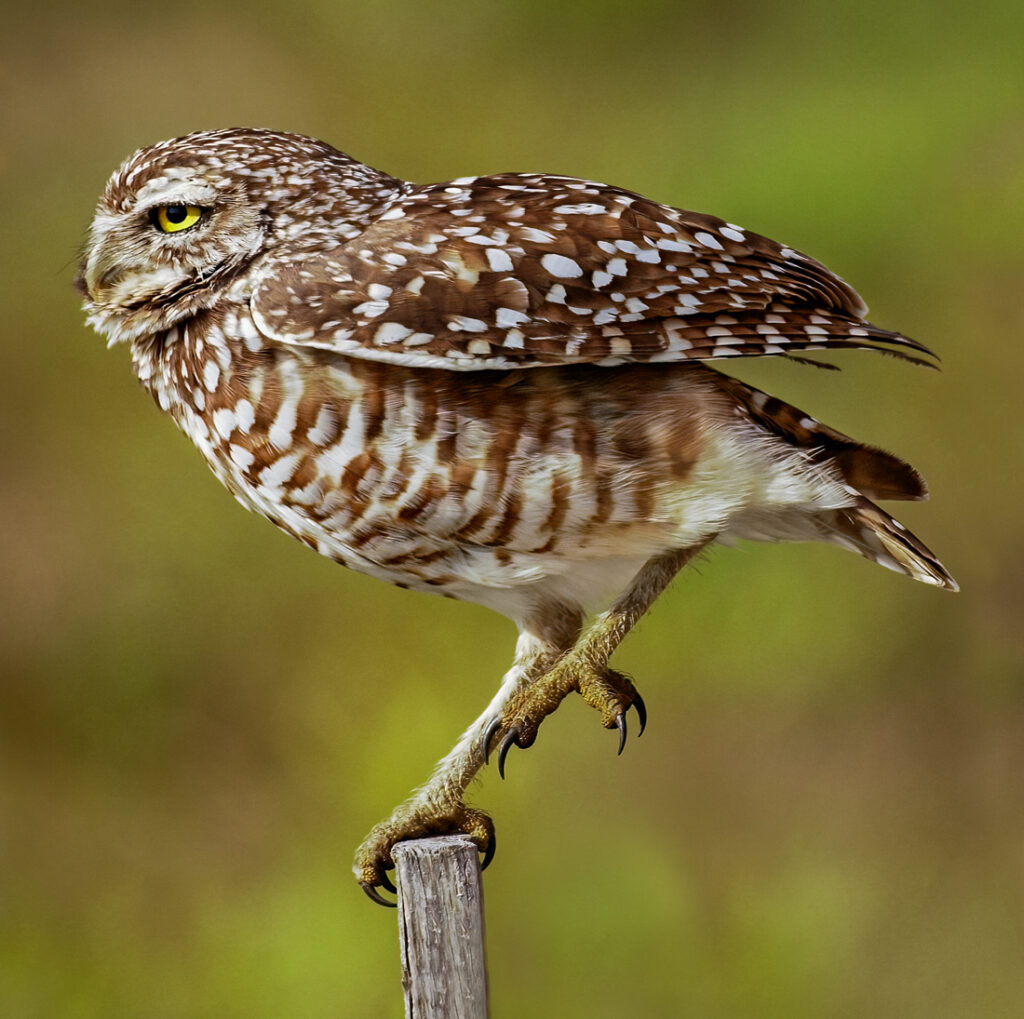
With such diversity among birds of prey, it only takes noticing a few types of raptors to start noticing the differences between them. The more experience you get identifying types of raptors, the more you will start to see what makes each one unique and you will be better able to capture that distinctiveness.


